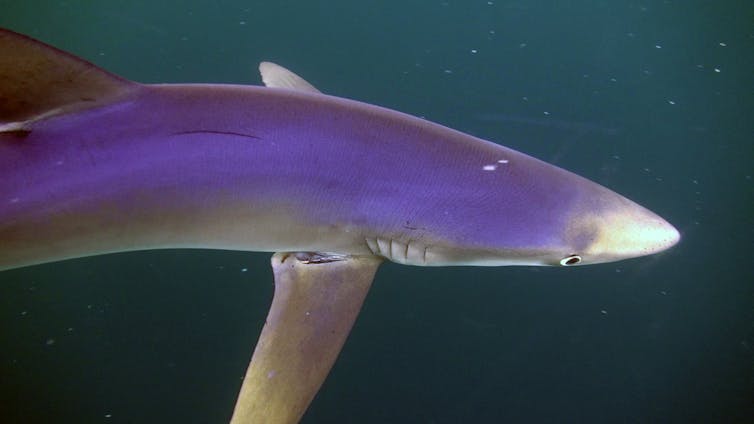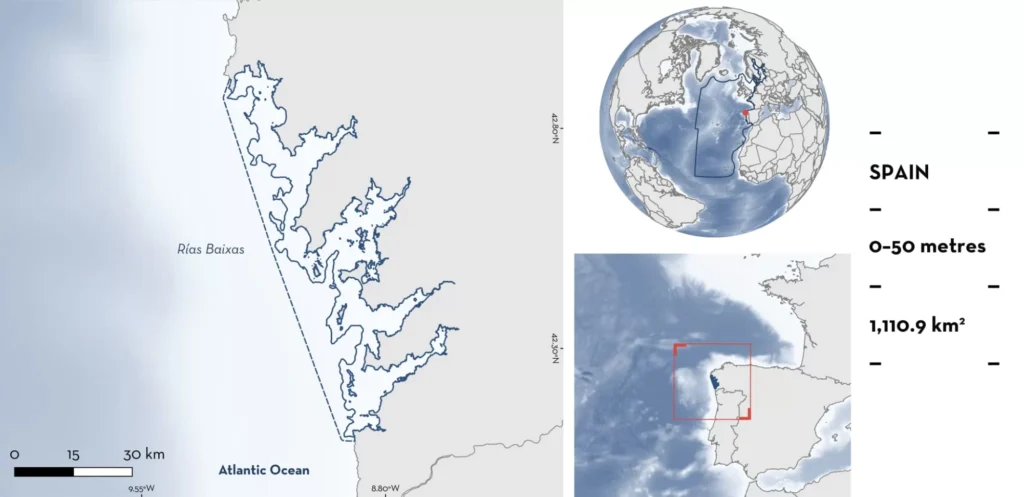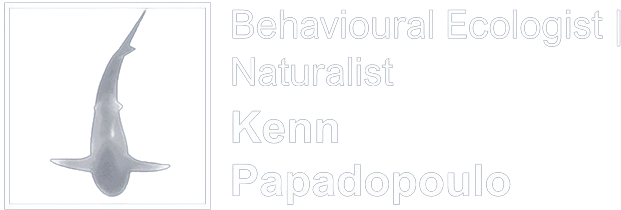News

-- September , 2025
New ISRA area!
We recently joined the effort to map Important Shark and Ray Areas (ISRAs) in the European Atlantic. Together with more than 200 colleagues, we helped outline 124 ISRAs, along with five candidate areas and 30 sites of interest across the region.
Our part in this work centred on the Rías Baixas, along the Galician coast of Spain. Here, the continental shelf softens into a series of drowned river valleys—the Ría de Vigo, Ría de Pontevedra, Ría de Arousa, and Ría de Muros and Noya. The seafloor is a shifting mix of sand, gravel, and mud, heavy with organic matter carried in by rivers and tides. Seasonal winds drive upwellings that bring cold, nutrient-rich waters from the deep, followed by downwelling events that pull surface waters back offshore.
This constant exchange makes the Rías Baixas a meeting ground for marine life. The area overlaps with several conservation designations, including the West Iberian Canyons and Banks EBSA and the Key Biodiversity Area of the Rías Baixas. Within its boundaries, eagle rays (Myliobatis aquila) cruise in from the open sea, blue sharks (Prionace glauca) find waters suitable for reproduction, and undulate skates (Raja undulata) gather in ways we still do not fully understand.
By adding these pieces to the ISRA eAtlas, we hope to make the ecological role of the Rías Baixas clearer—and to underline its importance in the broader network of habitats that sustain sharks and rays in the Northeast Atlantic.





